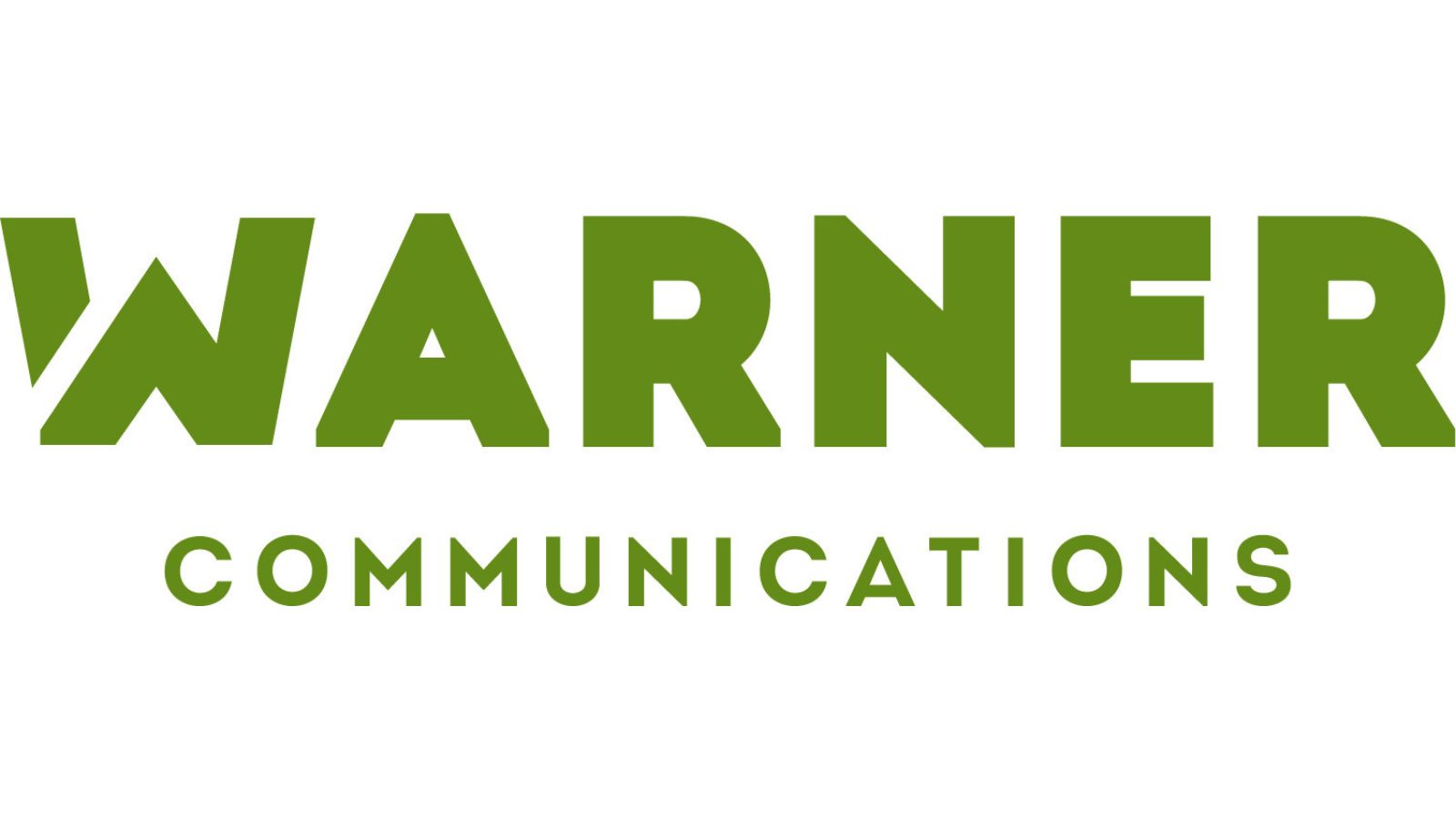Introduction
In today’s market scenario CEOs face multiple marketing challenges to achieve success and business goals for their company. It is important to have a good understanding of modern market dynamics to perform better than your competitors and take appropriate market initiatives.
Businesses must focus on effective leadership to address marketing challenges. Continuous change and improvement in strategies can help CEOs focus on company growth and achieve their targets.
A. Brief overview of the importance of addressing marketing challenges proactively
Marketing challenges play a vital role in the overall growth of the business. Every business aims to maintain consistency for long-term success in the modern business landscape. By analyzing and tackling obstacles, It can be easy to minimize risks and stay ahead of their business goals.
Implementation of proactive strategies helps CEOs to enhance customer interaction, driving consistent growth and profitability. Additionally, proactive marketing approaches businesses to adapt according to the market scenarios and customer needs based on market advancements.
B. Purpose of the document: to provide CEOs with insights and strategies for tackling marketing challenges
The main aim of the document is to provide CEOs with key insights and strategies to easily understand the marketing challenges.
Practical experience makes a whole difference as it empowers businesses to take better initiatives for the growth of their business. By understanding the marketing trends and consumer needs, CEOs can make valuable decisions. Working on these challenges can motivate CEOs to take better steps for the success of a company in a dynamic business market.
Understanding Market Dynamics
A. Market analysis: Identifying trends, competitors, and consumer behavior
Market analysis is the main step in understanding market dynamics as it has a huge impact on business. Analysis of the market involves identifying your competitors, new market trends, and Customer needs. The change in consumer needs, buying habits, and market trends can be a challenging task.
In a competitive market, analyzing and understanding your competitor’s strengths, and cons allows for effective planning and differentiation of strategies from your competitor.
Additionally, Knowing industry trends enables companies to invest in better opportunities. Companies can build better market approaches and innovative offerings, to satisfy customer needs, which results in achieving sustainable growth and success.
B. SWOT analysis: Assessing strengths, weaknesses, opportunities, and threats

A SWOT analysis is another main element of a company that evaluates companies internal capabilities and strengths to work on its threats. SWOT in full form stands for its strengths, Weaknesses, Opportunities, and Threats analysis.
Finding the strengths of a company enables it to work on competitive benefits and, on the other hand, weaknesses highlight the areas for improvement.
Similarly, opportunities signify the areas of growth and expansion according to market trends and advancements. While, weaknesses signify external factors for progress, such as regulatory changes.
By conducting a SWOT analysis, companies can plan strategies to measure strengths and address threats, to improve their competitive position in the marketplace.
C. Customer segmentation: Understanding different customer segments and their needs

Every customer has different needs, and understanding their needs should be a priority of business. Here customer Segmentation plays an important role and categorizes different needs of customers based on their preferences.
Every business should aim at understanding their customers’ unique needs and buying patterns to enhance their product offerings and marketing efforts as per customer needs. Better customer experiences result in the growth of the company and enable them to reach their target audiences.
Common Marketing Challenges
When comes to marketing, businesses have to face several marketing challenges such as:
- Lack of brand awareness: Branding is the main element in marketing that enables businesses to enhance their presence. Whether it is an online or an offline branding, having a strong business presence in the market is a necessity for a business to increase its customers. Taking branding initiatives to target customers and stand out in a competitive market is essential to increase awareness and visibility.
- Low customer engagement: The main aim of every business is to connect with its audiences interactively. Inappropriate initiatives, lack of feedback, and time-consuming conversations can result in minimal interaction and also reduce your existing customers.
Customers are attracted when they are served, valued, and better understood. Always focus on customer engagement through timely feedback, and active participation across various social media platforms to build better and meaningful relationships with customers.
- Declining sales or market share:
Declining sales is a common marketing challenge faced by businesses. A decrease in sales means low revenue and it also requires the need for improvement in marketing strategies. Focusing on customer preferences and analyzing the latest trends play a vital role in identifying new opportunities for bettering sales and business performance in the market.
- Negative brand reputation: Negative or false brand reputation is a common marketing challenge faced by businesses. A bad or poor brand image reduces customer interaction and trust. Your business is known by its brand voice. Improving business reputation strategies can gain customer trust and deliver better experiences to the customers. Good brand image reshapes the surrounding brand and rebuilds the trust of the customers.
- Difficulty in reaching the target audience:
Businesses face difficulty in reaching their target audience which can be a common marketing challenge. Every business aims to reach more customers by providing the best services. Effective strategies and improving audience segmentation can enhance multi-channel marketing to reach your target audience.
Strategies for Addressing Marketing Challenges
A. Leveraging digital marketing channels:
- Social media marketing: Social media platforms such as Instagram, Twitter, and Facebook are utilized by businesses for branding and marketing purposes. Marketing of content can be done easily through these platforms to target your audience and grab their attention. It will not only help in product advertising but also attract new users which will enhance personal branding.

Content marketing: Content marketing is the main element in social media marketing. Try to create understanding and valuable content to gain new users and retain customers. Quality content enhances the traffic on your page which automatically leads to the growth of your business.

Search engine optimization (SEO): When it comes to digital marketing, SEO is the name you will hear. Nowadays, website content plays a major role in marketing. Quality website content improves the visibility of your website and enhances ranking on Google which helps in the expansion of traffic and increase brand visibility online.

B. Enhancing customer experience:
- Improving product/service quality: Businesses can enhance customer experience by improving the quality of their product and services. Enhancing the quality of products and services for customers improves performance and customer satisfaction.
- Providing exceptional customer service: It is the responsibility of a company to treat its customers on time. Better customer offerings enhance the name of the company and build customer trust for future needs. Companies must focus on personalized customer support, assist in addressing inquiries, and solve issues if any for a positive impact on their relationship.
Conclusion
A. Recap of key strategies for addressing marketing challenges
In conclusion, the implementation of the right strategies such as data-based decision-making, effective marketing, and customer engagement leads businesses to take advantage of business maximization.
B. Invitation to seek further assistance or consultation if needed
Always provide enough space to your customers so they don’t hesitate to reach out. Businesses must have a dedicated support team to provide solutions to their customers to overcome obstacles. Customer satisfaction can enable businesses to achieve their business objectives.












Leave a Reply